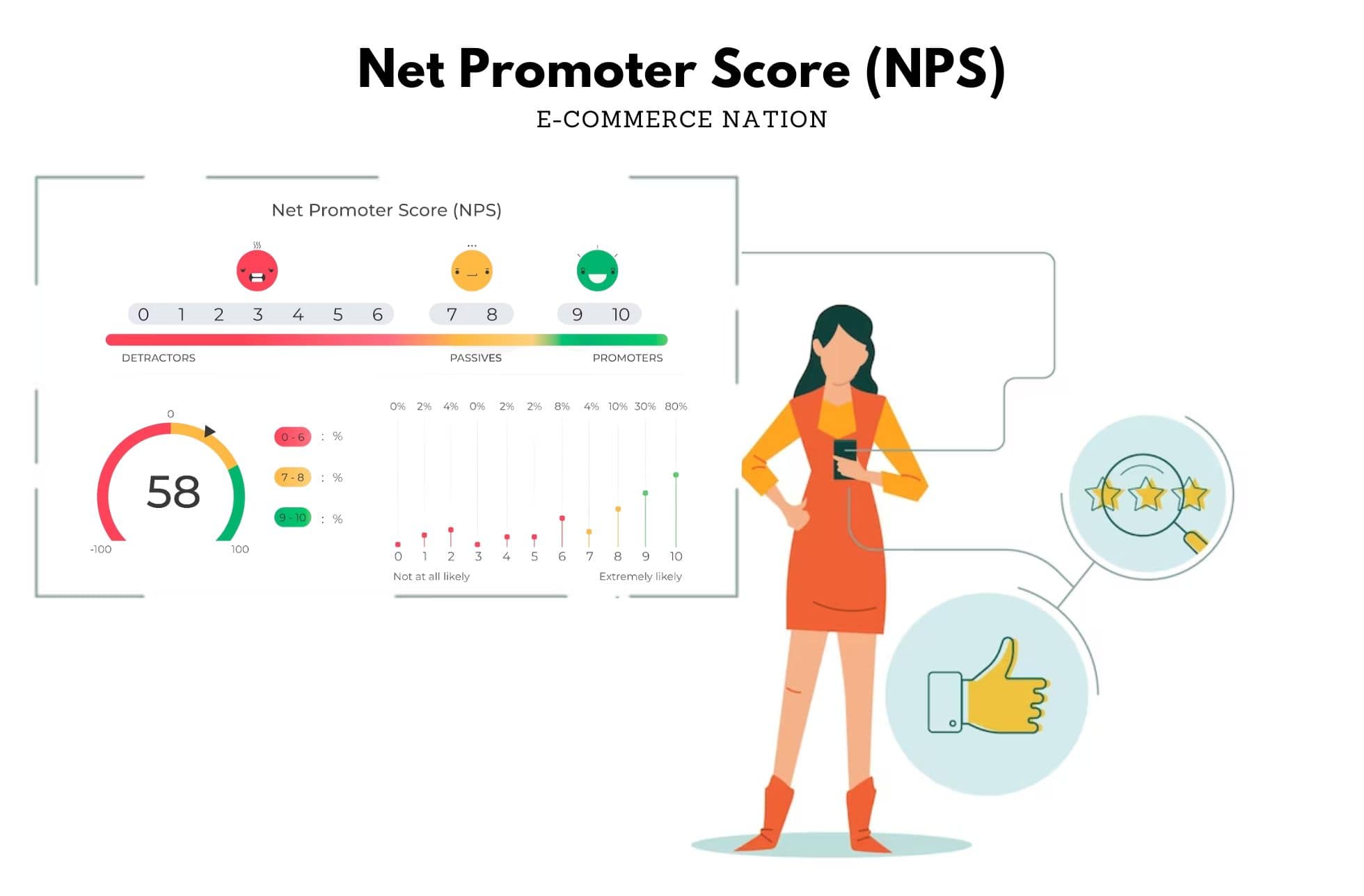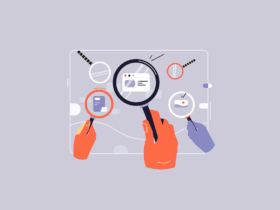Before we start talking about taking actionable insights using Machine Learning, we need to first learn about the fuel that drives ML which is – BIG DATA.
Google ‘big data definition’ and you’ll see this ‘extremely large data sets that may be analyzed to reveal patterns, trends and associations, especially relating to human behaviors and interactions.’
An e-commerce site can have anywhere from 1K-1M visitors in a given month. The movement patterns of ALL these web visitors, both anonymous and known, are the Big Data that determines various behaviors using Machine Learning algorithms. As in my first article with the example of my two year old niece, who learns more and more things as she gets older, the same thing can be said of Machine Learning – supply it with more data (web visitors), the better it will learn things like:
- How to treat each visitor as an individual
- Customer segmentation
- Determine buyer intent to purchase
- Identify hidden patterns
Big Data is becoming more predominant in our everyday lives. Companies such as Netflix, Facebook, Nest, etc. are constantly collecting information on your behavior patterns. If you are an owner of an e-commerce shop, how do you capitalize on this to improve online conversions? How do you turn Big Data and Machine Learning into an immediate profit making weapon on your site?
While there are many great web analytics/marketing automation tools available on the market today, they exhibit shortcomings such as:
- Focusing only on the numbers of clicks/scrolls (this person clicked on this page 10x- must be a great lead)
- The Atlanta Falcons and New England Patriots played in the Super bowl this past January – the Falcons were ahead by 19 points heading into the 4th quarter and ended up losing the game (looking only at points or in our case, click & scrolls doesn’t always give you a full picture – past behavior patterns of the Patriots indicate that they are likely to win the Super bowl though they are behind most of the games)
- Inability to properly target anonymous visitors on their propensity to buy (we don’t know this visitor’s e-mail – opportunity wasted)
- Most site visitors are going to be anonymous – typically these folks will come onto a site and immediately get bombarded with pop-ups. ( I hate pop-ups, especially when I’m first visiting a site – I’m just going to leave)
- Always having to manually set up your own rules (red t-shirts are a popular buy today until they aren’t)
- As e-commerce shop owner, it may be hit or miss setting up you own rules. (Last month red shirts were all the rage, now we have a surplus of red shirts and backordered for green ones)
These three scenarios exhibit different movements that one could take visiting an e-commerce site. If the owner doesn’t have a proper tool that can effectively deal with this, then this is profit that they are throwing out the window.
How to turn insights into immediate revenue using predictive buyer scoring
Have you seen the Microsoft Cloud/PGA Tour commercial where they say, ‘helps me turn that data into insights’? Basically their tool analyzes golf data and provides actionable insights for PGA golfers. At one point, the golfer featured mentions that he would typically use a 3 iron for a particular shot but the ‘analysis from the cloud’ advises him to do otherwise – to use a driver instead for 12% better results.
Now what if the e-commerce owner can have a similar tool at their disposal to provide them with real-time actionable insights? What if this insight came in the form of a predictive buyer score (0 – 100) for each individual visitor, anonymous or known? Do you think it would help your bottom line?
Let’s go back to my first article, where we talk about the anonymous person buying a red shirt who could receive a predictive buyer score of 80 – this is because his pattern closely resembles the movements of the original red t-shirt buyer. As an e-commerce owner, you can have a relevant pop-up appear at key moments to push this anonymous visitor to make a purchase.
Now, a month later, no one is buying red shirts and everyone is buying green, now the green t-shirt buyer could have a higher predictive buyer score. The e-commerce owner could adjust inventory levels and mitigate waste in the process. Now, as this site owner receives more and more data, the buyer predictions will become more precise and can include other factors such as other colors, types of individuals (M or F), social media interactions etc.
I’ve Never, Ever Heard about a Predictive Buyer Score
Don’t be afraid to learn about new technologies. What if I told you back in 2007 that your GPS, cell phone, camcorder, and camera could all be combined into one device? Would you have laughed at me? Thrown me off the bus?
Embrace the power of Machine Learning + Predictive Buyer Scoring that will translate into an immediate increase in revenue for your e-commerce site. Remember, all this is backed up by hardcore data and the science of Machine Learning!
Next-up, using Machine Learning to retarget/remarket your newly scored web visitors and convert them into paid customers.
How could knowing your customers’ predictive buyer score improve your inventory management? Tell us below or Tweet us!





